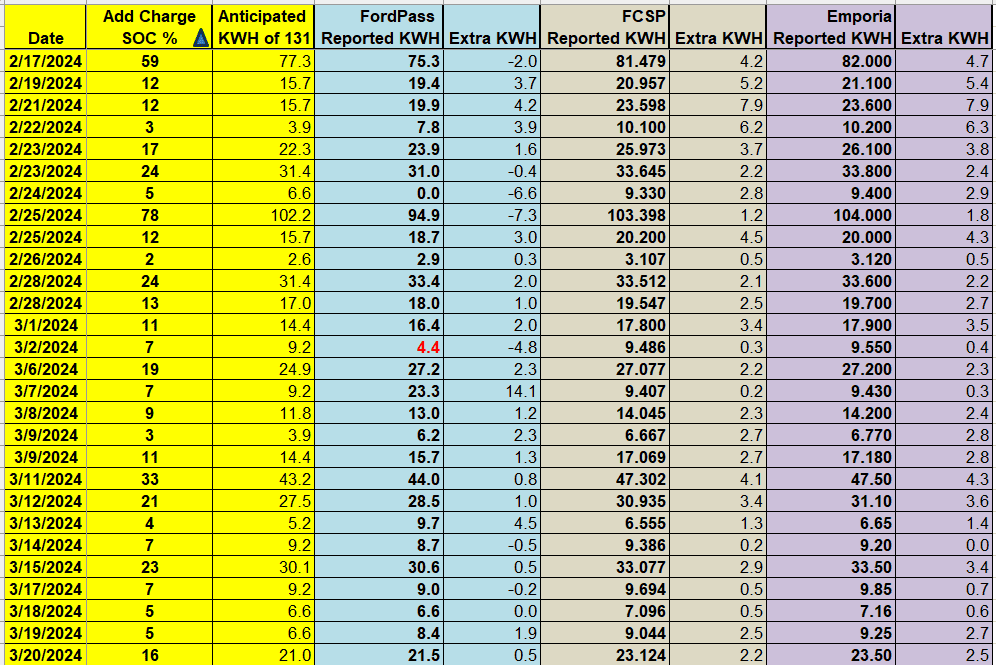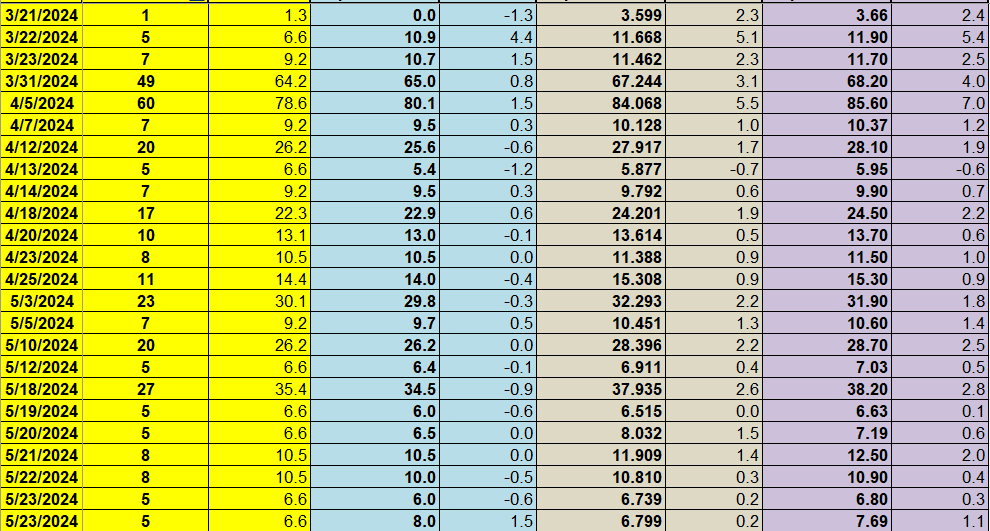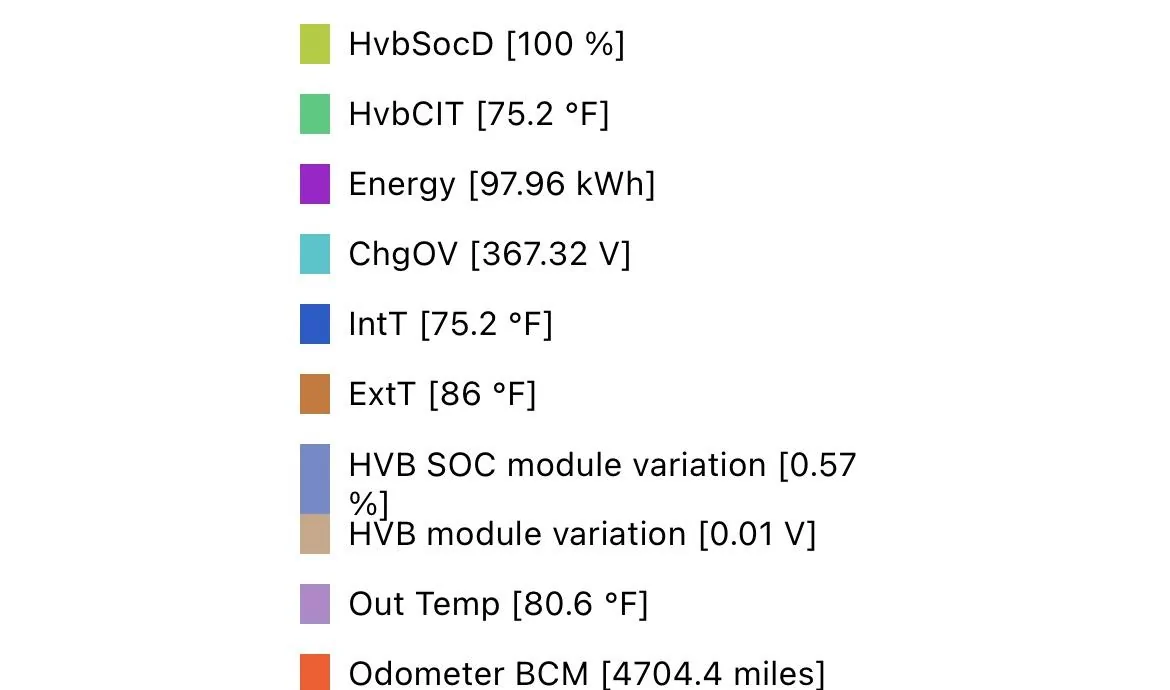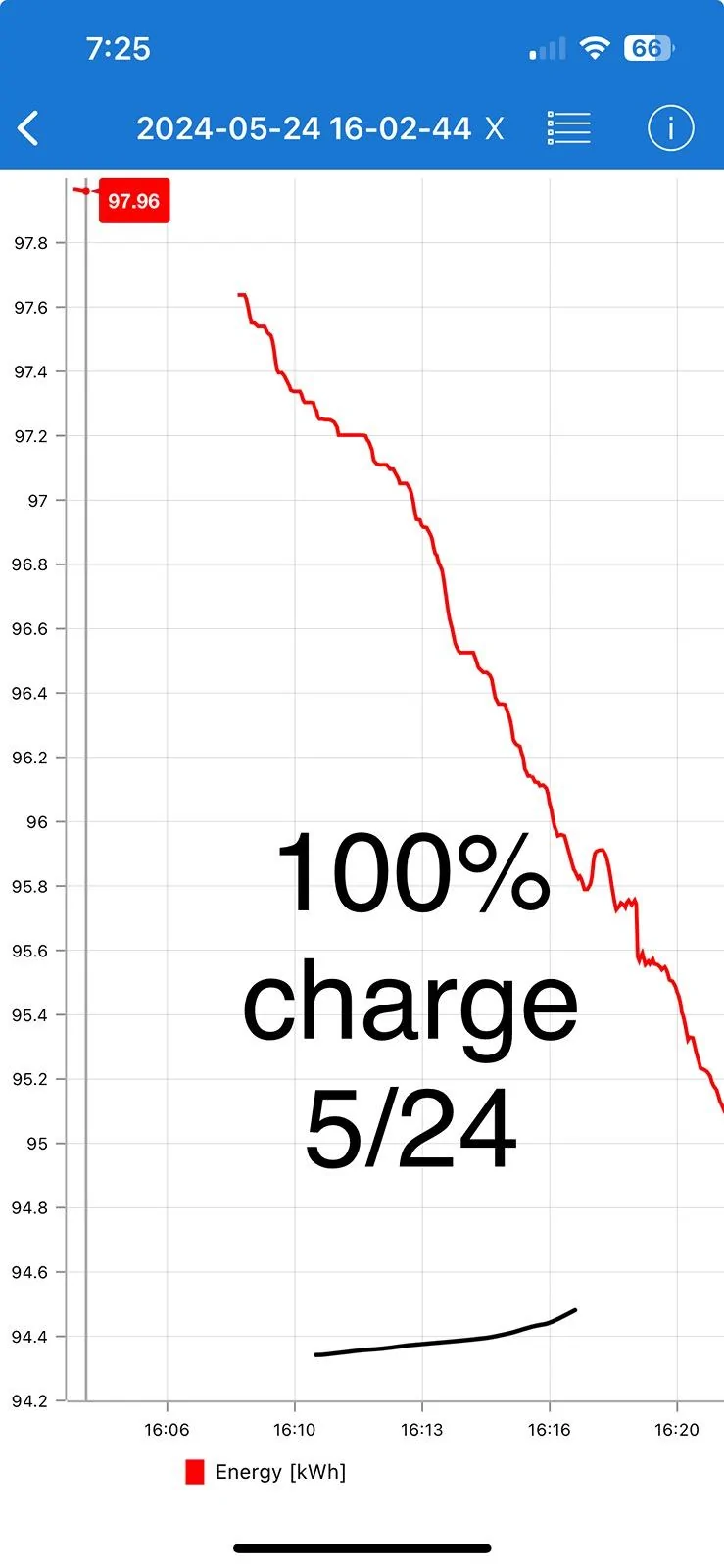Nklem
Active member
- First Name
- Norm
- Joined
- Jan 17, 2023
- Threads
- 10
- Messages
- 42
- Reaction score
- 46
- Location
- Maine Coast
- Vehicles
- 23 Lightning XLT SR, Max Tow, 24 Silverado EV 4WT
- Occupation
- Engineer
- Thread starter
- #1
I am a Mechanical Engineer and truly enjoy my Lightning and love to do EV calcs as well proving real energy performance.
We drove 234 Miles on a charge this weekend with 30 miles remaining. Great range, 264 from an SR. No complaints at all. We started with 97.96 kWh in the pack, a true 100% charge. (I have never got that close to rated capacity in any EV).
I am Still trying to get accurate level 2 charging efficiency results. So far it shows the lightning is pretty low.
I have owned 6 EVs. Every one with the exception of the Lightning makes sense with charging energy at home and In vs Out energy. All of my cars were scanned many times and computed repetitively. 8% 2-Hyundai’s (53K miles) and 1-Toyota/Subaru (4K miles) and 10% 2-Mach E losses over 27K miles. I would think the Lightning would be 10% as well or better but it is not.
The Lightning is either really inefficient at a level 2, has inaccurate BMS kWh reporting or uses a ton of energy to condition the battery while charging. My calcs show 80-81% real 32 Amp Level 2 Efficiency for the Lightning on two separate metered events. All power in to all power absorbed by the pack.
Last night I plugged into home and set the charge level to 60%.
We started at 13.43 kWh remaining in the pack and it ended at 52.55 kWh. A Net charge to the battery of 39.12 kWh (all scanned with CarScanner Pro). This also lines up with actual SOC values of 16.32% (before) to 57.15% (after) or 40.83% x 98kWh=40.01 kWh charged (scanned from the BMS as well). Close enough with .9 kWh error. So 39-40 kWh went to the pack between two different reliable methods of verification.
But my ChargePoint Home, with utility grade metering, shows the truck actually took 47.3249 kWh.
Meaning that 7.3-8.2 kWh went to nothing, climate for the battery or were charging losses, or went to the battery with bad kWh BMS reporting data (my guess) , which on average equals 7.75 kWh lost or a charging efficiency of 81% at level 2. This is the second time I have confirmed this (I thought the first was a calc error)
Of course Fordpass shows 44.4 kWh to the battery and would indicate a loss of about 11% which is not true per the actual scanned numbers. My Mach E’s were both 10% firm losses over 27,000 miles.
I do believe the battery absorbed 39-40 kWh and I know I put in 47.3 kWh.
There are some inefficiencies in the lightning that are not properly reported… I may try to leave the truck on and log a full charge session including battery heating and cooling. It was a mild evening in the 50’s and 60’sF so I expected none.
Any insights? Has anyone done this type of analysis?
maybe Ford just cannot calculate real battery available kWh . If there are errors in that , especially sitting parked, that may be the reason and it simply has 8% to 10% losses.






We drove 234 Miles on a charge this weekend with 30 miles remaining. Great range, 264 from an SR. No complaints at all. We started with 97.96 kWh in the pack, a true 100% charge. (I have never got that close to rated capacity in any EV).
I am Still trying to get accurate level 2 charging efficiency results. So far it shows the lightning is pretty low.
I have owned 6 EVs. Every one with the exception of the Lightning makes sense with charging energy at home and In vs Out energy. All of my cars were scanned many times and computed repetitively. 8% 2-Hyundai’s (53K miles) and 1-Toyota/Subaru (4K miles) and 10% 2-Mach E losses over 27K miles. I would think the Lightning would be 10% as well or better but it is not.
The Lightning is either really inefficient at a level 2, has inaccurate BMS kWh reporting or uses a ton of energy to condition the battery while charging. My calcs show 80-81% real 32 Amp Level 2 Efficiency for the Lightning on two separate metered events. All power in to all power absorbed by the pack.
Last night I plugged into home and set the charge level to 60%.
We started at 13.43 kWh remaining in the pack and it ended at 52.55 kWh. A Net charge to the battery of 39.12 kWh (all scanned with CarScanner Pro). This also lines up with actual SOC values of 16.32% (before) to 57.15% (after) or 40.83% x 98kWh=40.01 kWh charged (scanned from the BMS as well). Close enough with .9 kWh error. So 39-40 kWh went to the pack between two different reliable methods of verification.
But my ChargePoint Home, with utility grade metering, shows the truck actually took 47.3249 kWh.
Meaning that 7.3-8.2 kWh went to nothing, climate for the battery or were charging losses, or went to the battery with bad kWh BMS reporting data (my guess) , which on average equals 7.75 kWh lost or a charging efficiency of 81% at level 2. This is the second time I have confirmed this (I thought the first was a calc error)
Of course Fordpass shows 44.4 kWh to the battery and would indicate a loss of about 11% which is not true per the actual scanned numbers. My Mach E’s were both 10% firm losses over 27,000 miles.
I do believe the battery absorbed 39-40 kWh and I know I put in 47.3 kWh.
There are some inefficiencies in the lightning that are not properly reported… I may try to leave the truck on and log a full charge session including battery heating and cooling. It was a mild evening in the 50’s and 60’sF so I expected none.
Any insights? Has anyone done this type of analysis?
maybe Ford just cannot calculate real battery available kWh . If there are errors in that , especially sitting parked, that may be the reason and it simply has 8% to 10% losses.
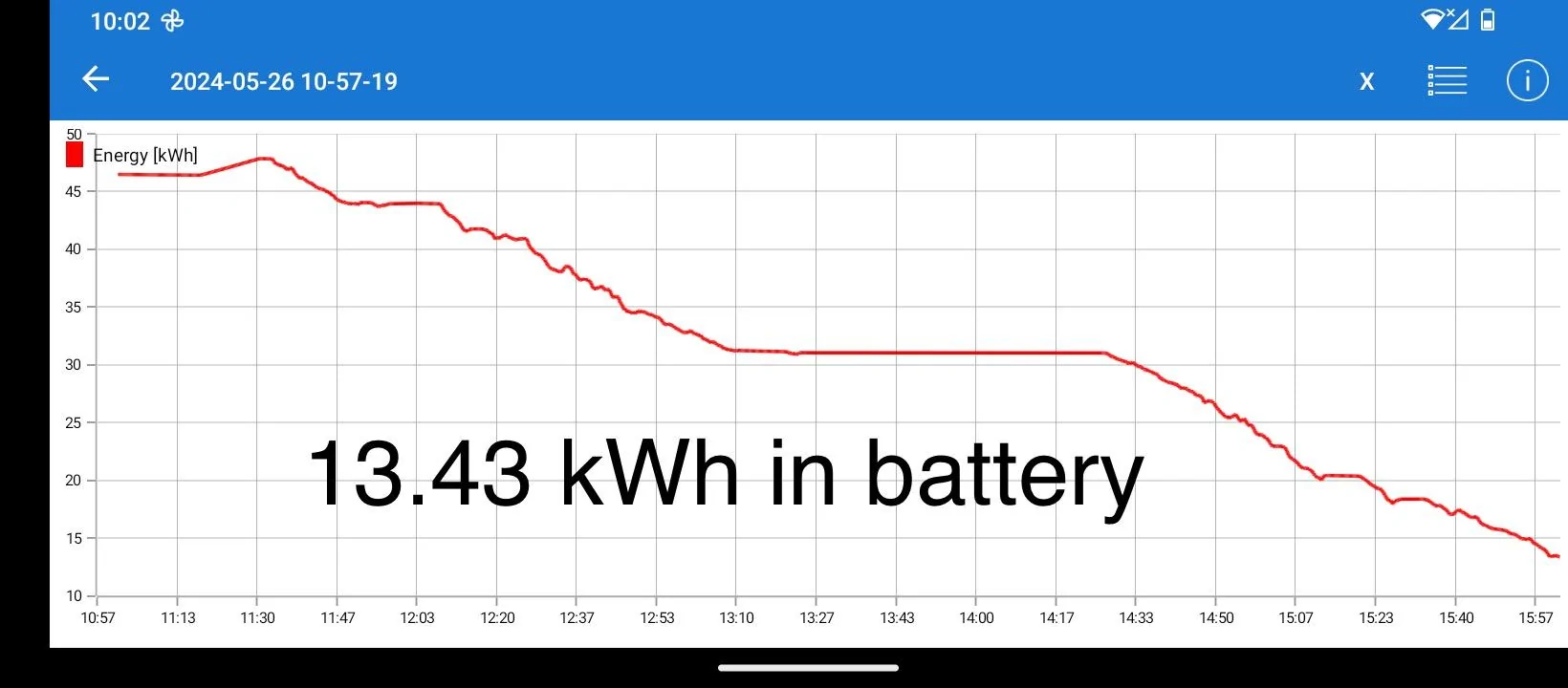
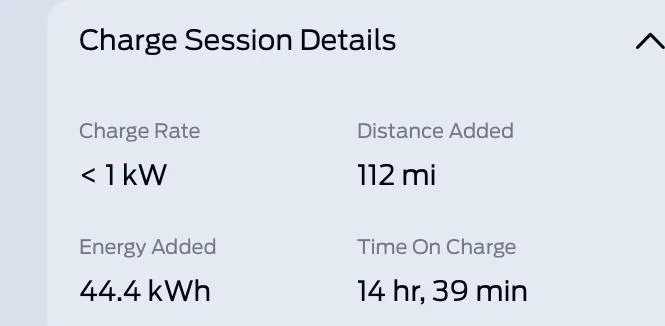
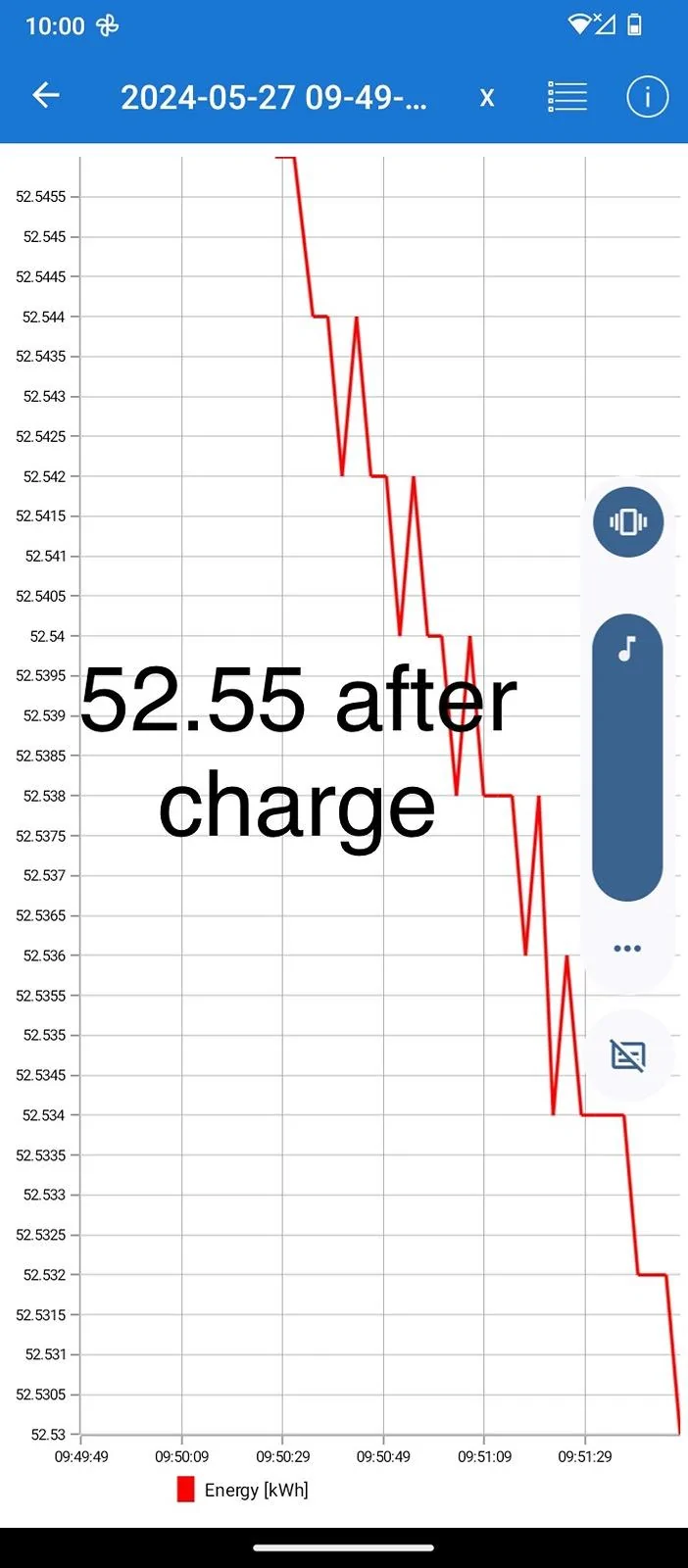
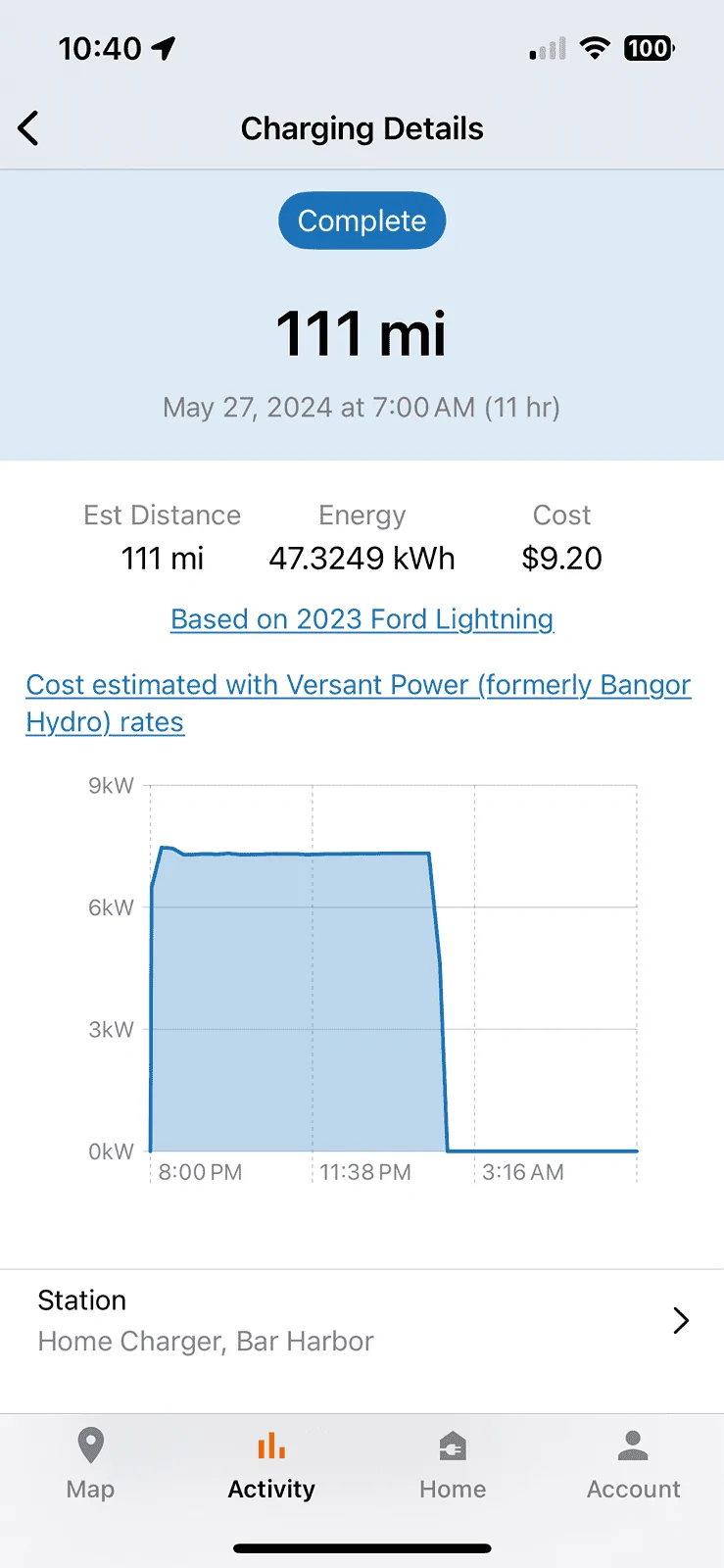
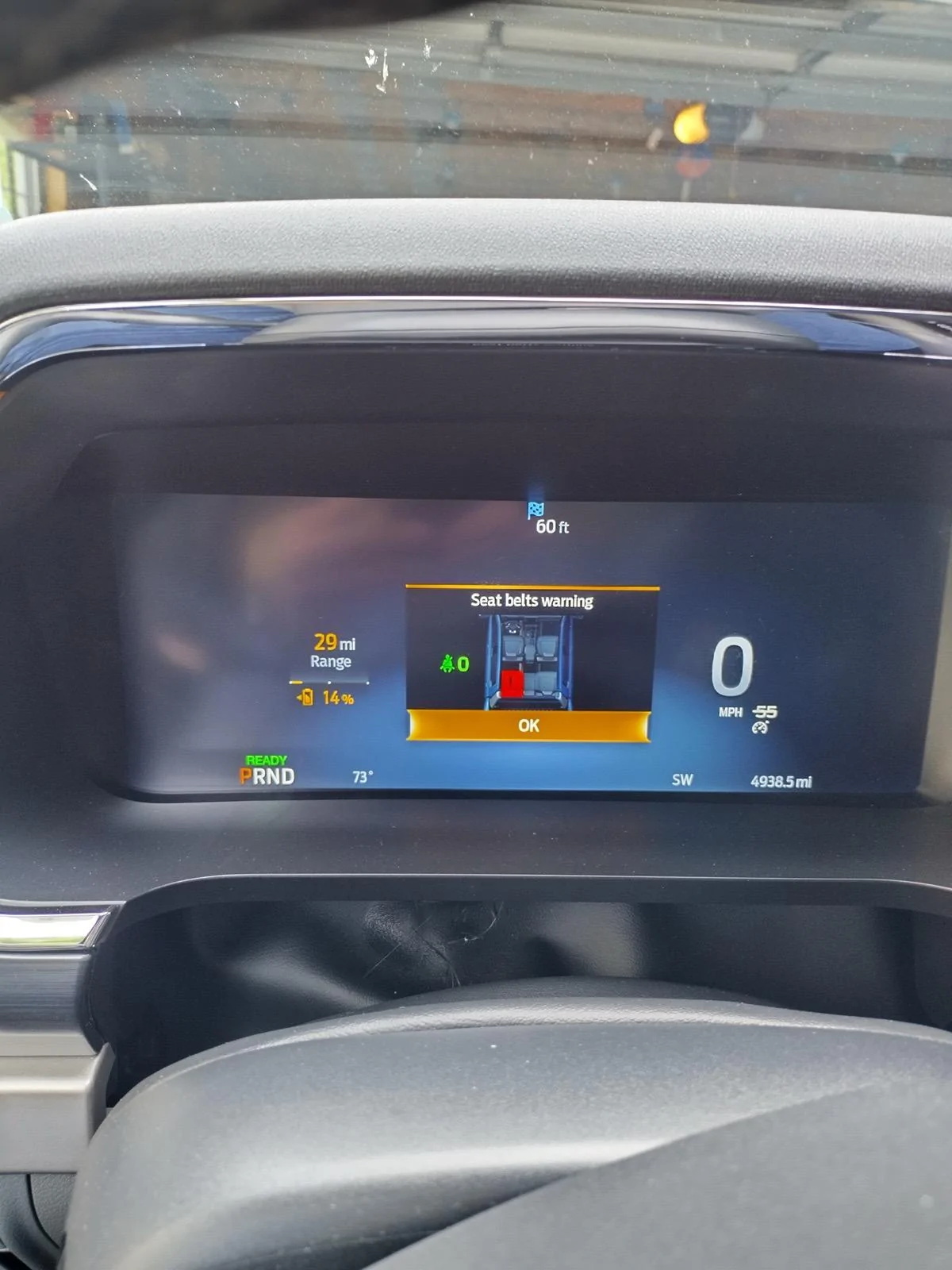
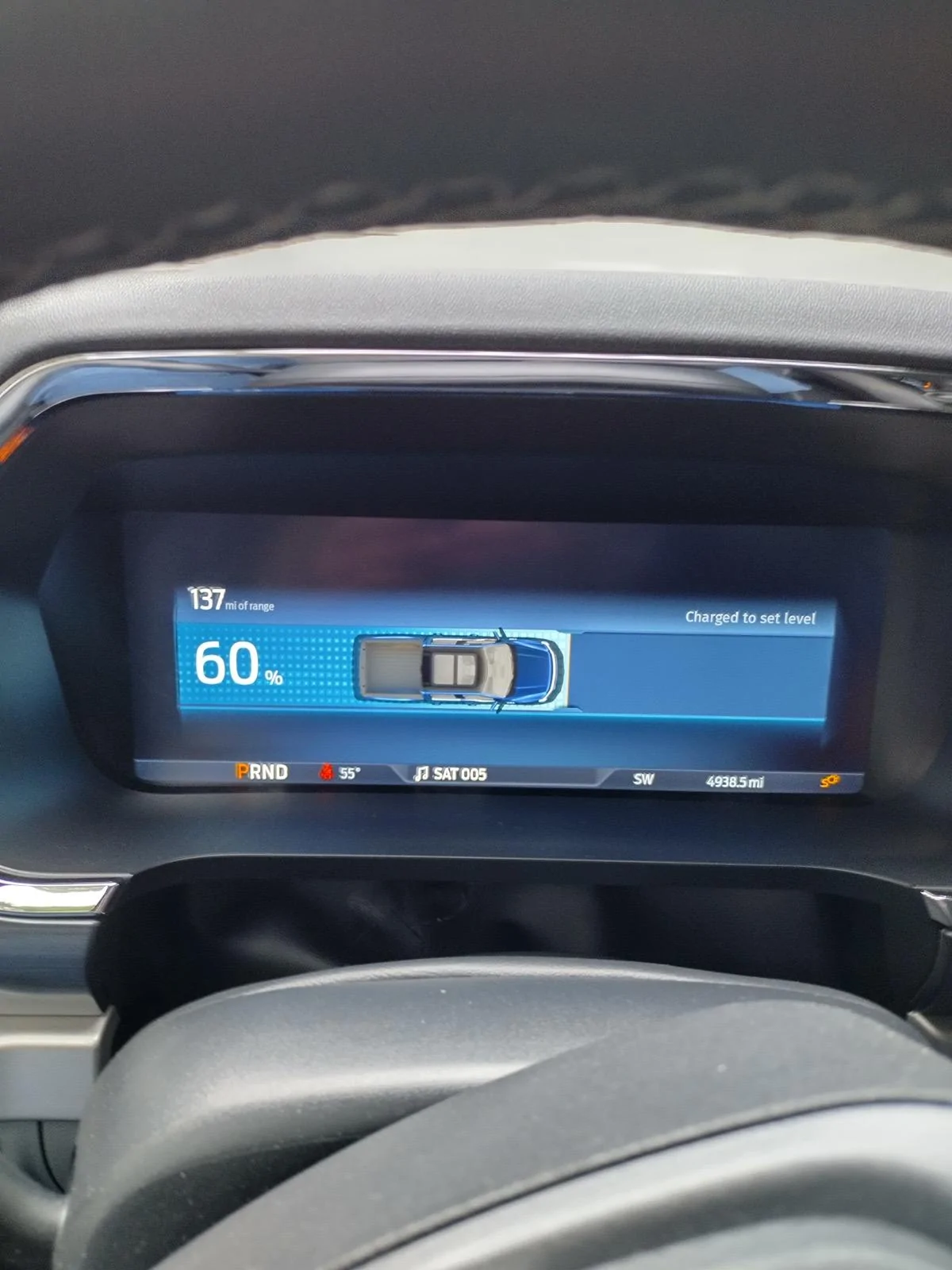
Sponsored
Last edited:


